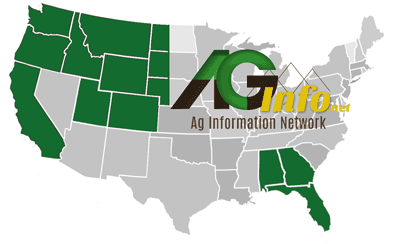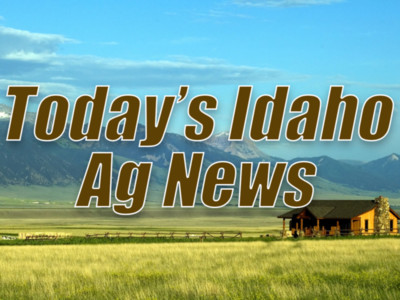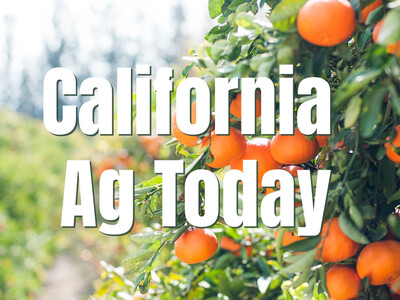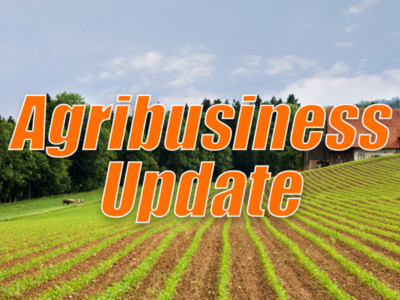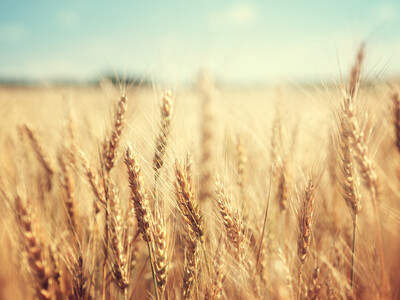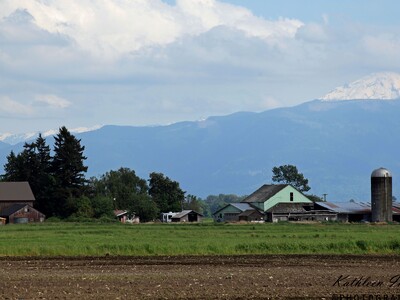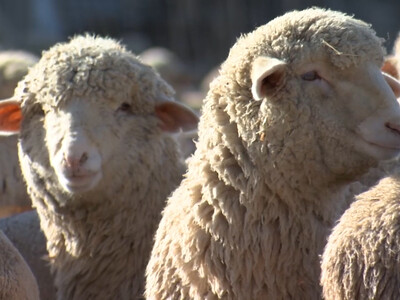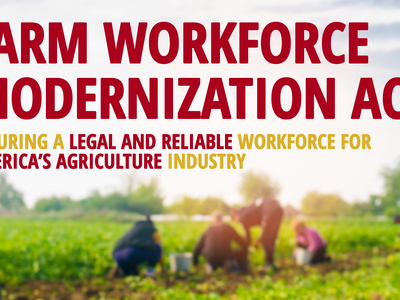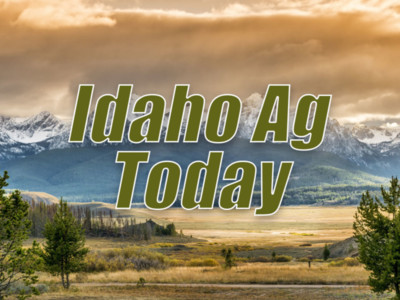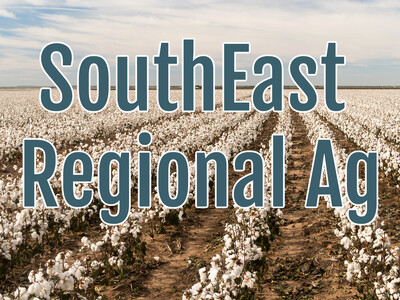12-17 IAN Optimizing Bluegrass
You got to know when to hold ‘em…know when to fold ‘em. Believe it or not that song from the gambler applies to bluegrass production. I’m David sparks and we’ll talk Kentucky bluegrass in Idaho in a minute. Bluegrass seed production, particularly in Northern, ID can be a big deal for some producers and, like any crop, strategy as a grower plays a big role in terms of the bottom line to the grower…as in profit. Kentucky bluegrass can provide growers with a profitable crop that also presents extensive environmental benefits, primarily by minimizing erosion. Field burning, which studies show lengthens the economic life of plantings, raises controversy because critics say it poses unacceptable health risks.
